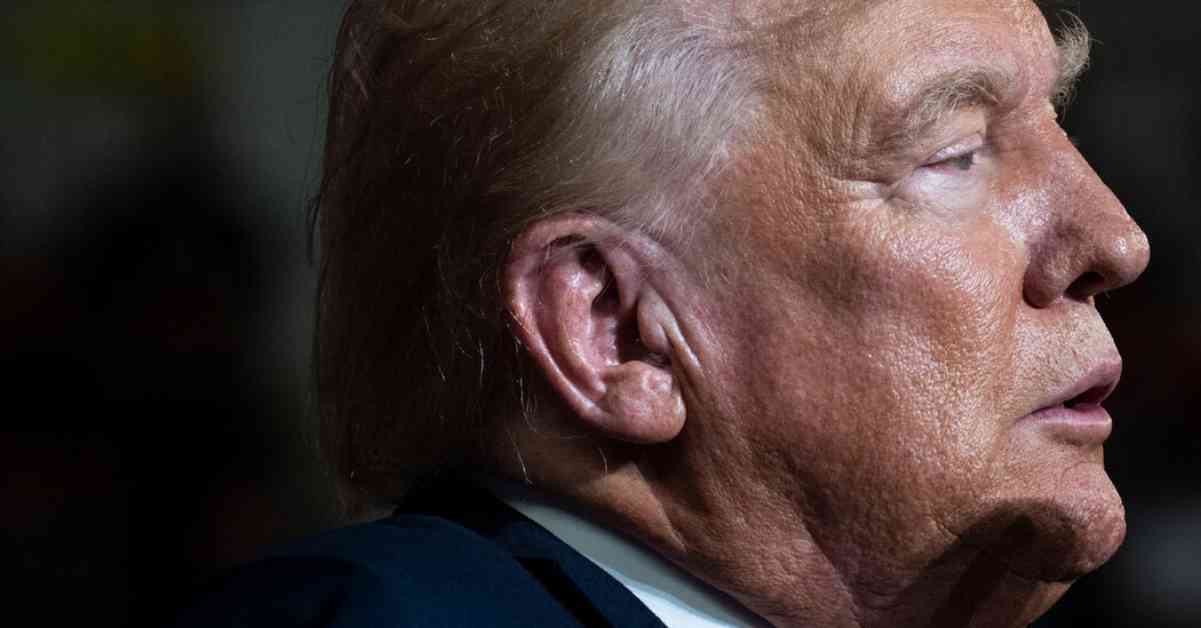Former President Donald J. Trump has been using divisive tactics to undermine Vice President Kamala Harris, particularly by challenging her racial identity. Trump’s recent false assertions about Harris have been a central theme in his campaign, projecting the message that she is “not one of us” to the public.
This tactic of “othering” opponents has been a common strategy in American politics, but Trump has taken it to a new level by personally leading the effort and explicitly falsifying Harris’s biography. Historians and analysts note that this type of divisive campaigning has often been effective in the past, with candidates being targeted based on their race, ethnicity, gender, or religion to paint them as outsiders.
In the case of Kamala Harris, Trump’s attempts to portray her as “other” are seen as a deliberate strategy to undermine her credibility and trustworthiness in the eyes of voters. By invoking race and gender in his attacks, Trump is using tactics that no modern major-party leader has employed before.
According to presidential historian Timothy Naftali, Trump’s use of othering against his opponents is particularly toxic because it comes directly from the top of the ticket. This kind of divisive campaigning becomes more pronounced when the country is on the brink of breaking a political glass ceiling, as in the case of a woman of color running for vice president.
Throughout history, candidates have been targeted with othering tactics based on various characteristics, such as religion, ethnicity, or economic class. In the past, these tactics have been successful in swaying public opinion against candidates who are perceived as different or alien to voters.
Overall, Trump’s attempt to undermine Harris with divisive tactics is a reflection of the current state of American politics, where personal attacks and identity-based smears have become a common strategy. The impact of these tactics on the outcome of the election remains to be seen, but it is clear that they are shaping the narrative of the campaign in significant ways.


